
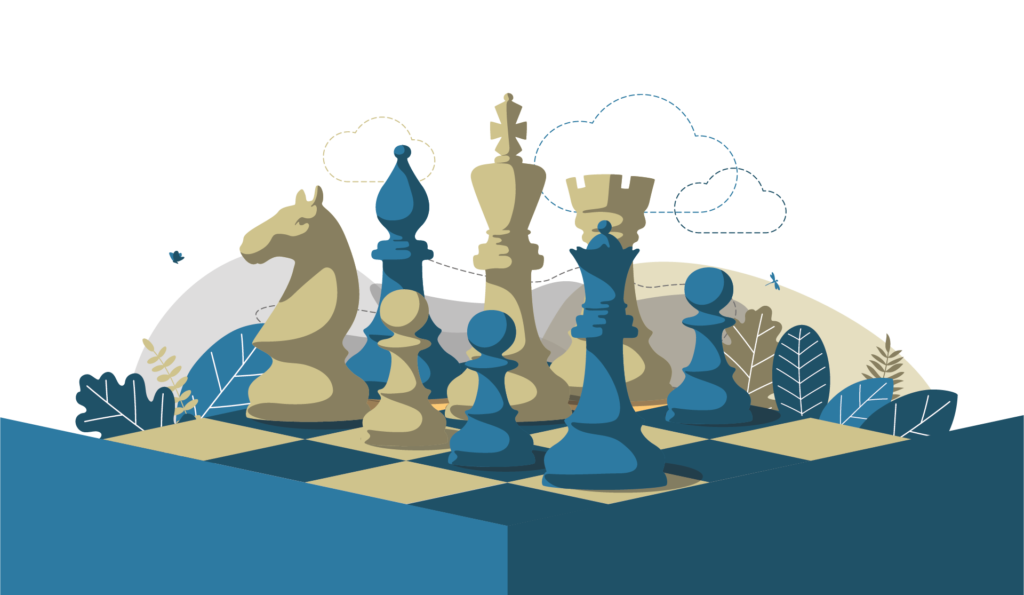

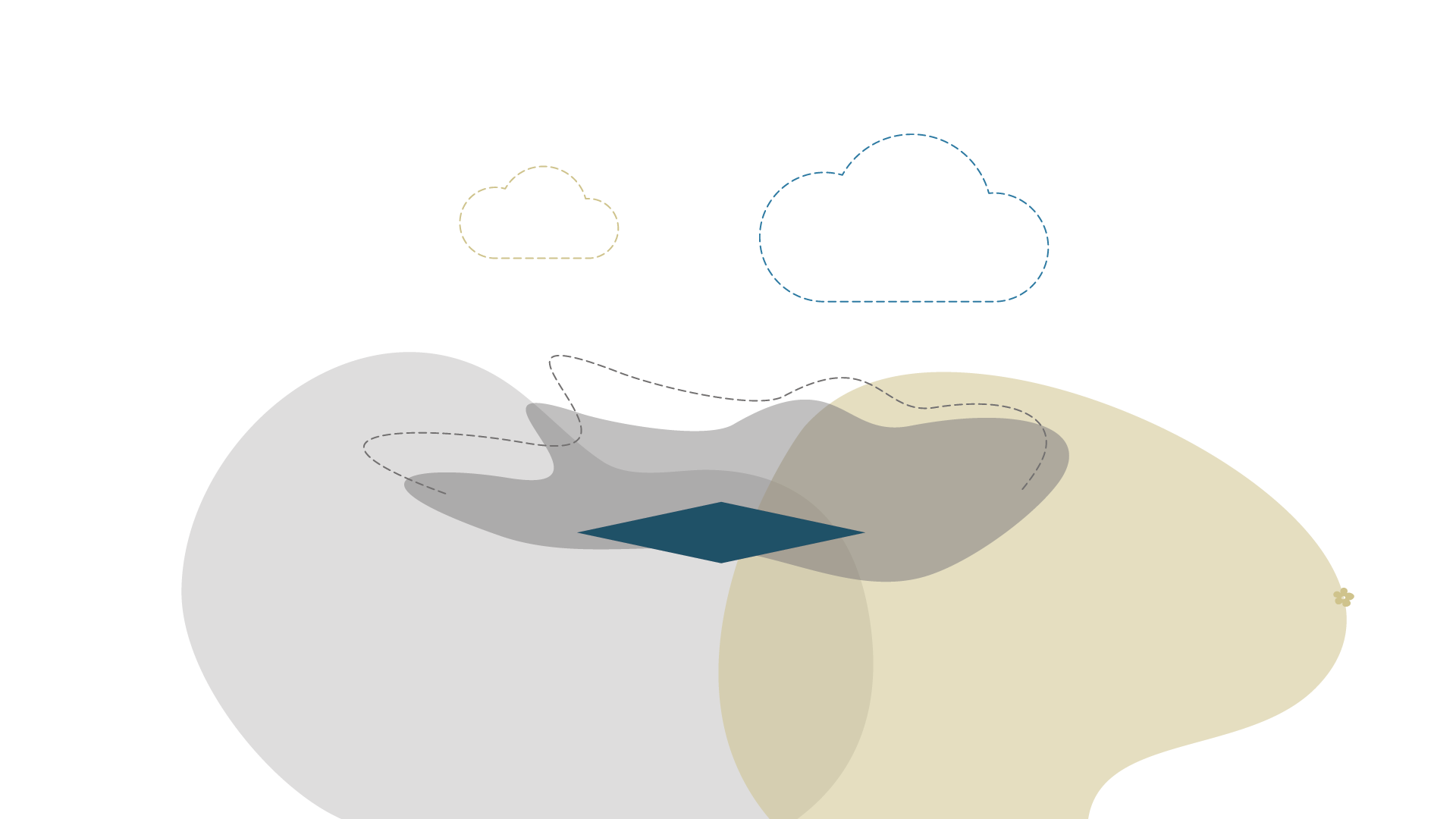
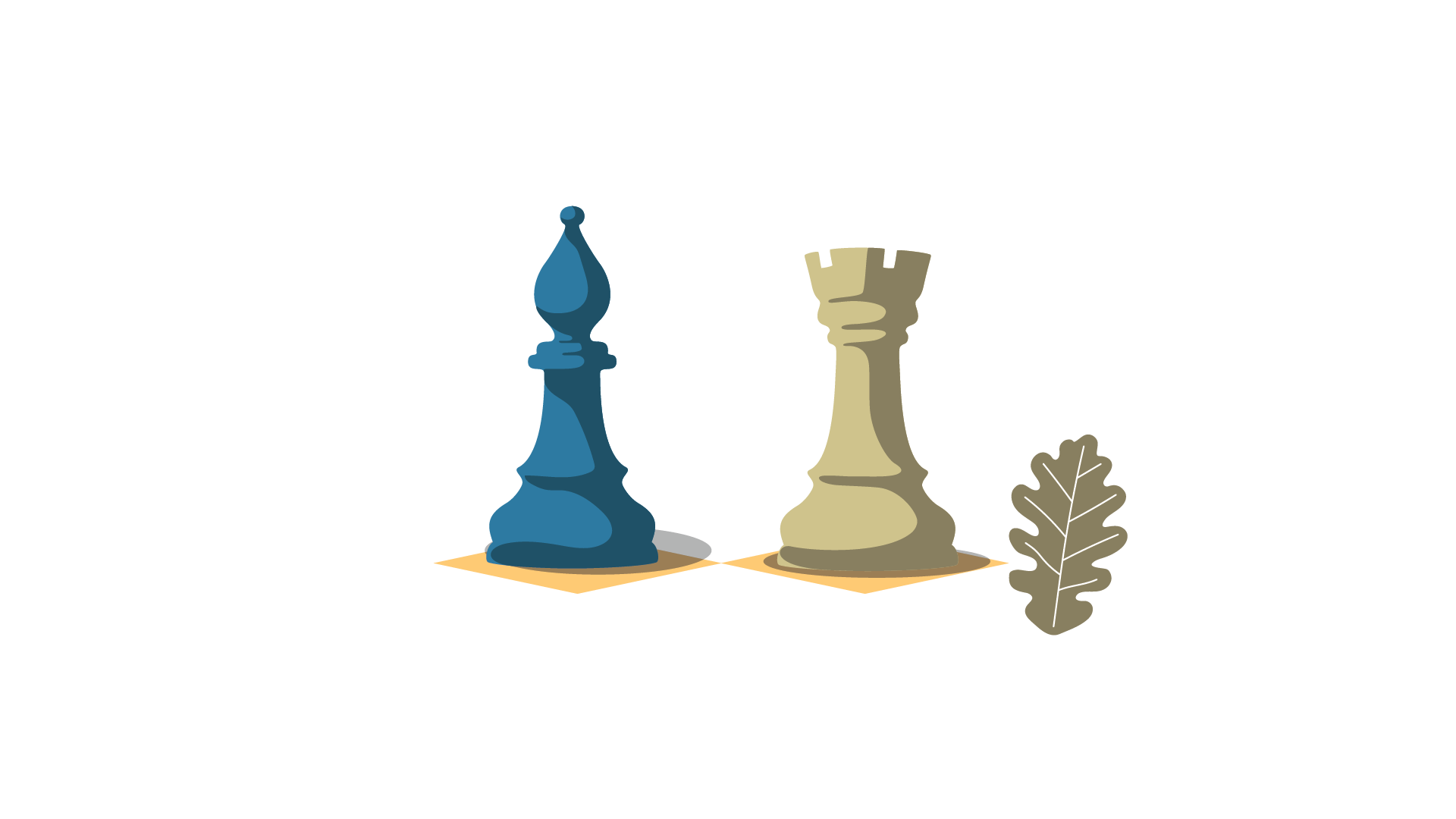
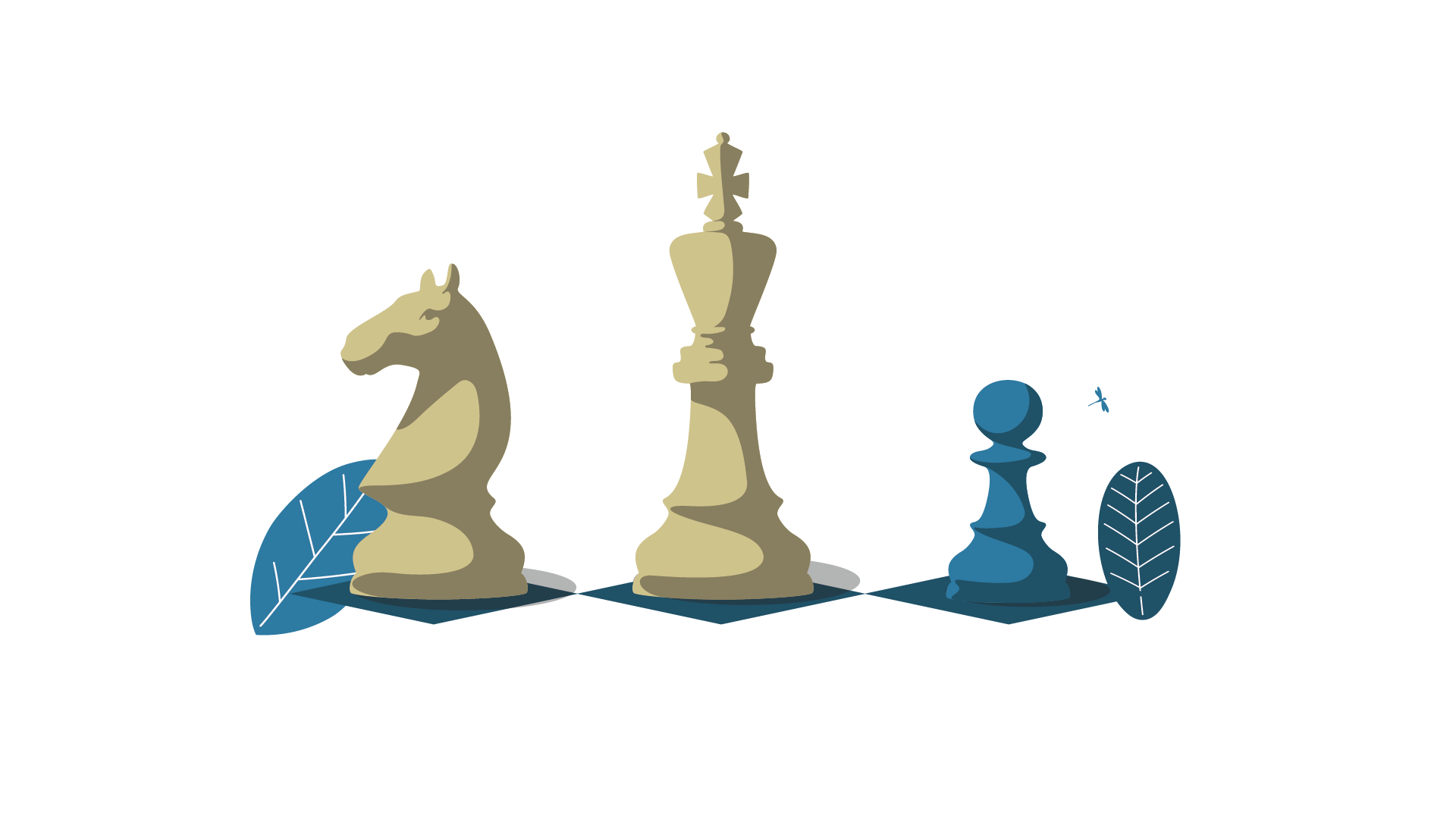

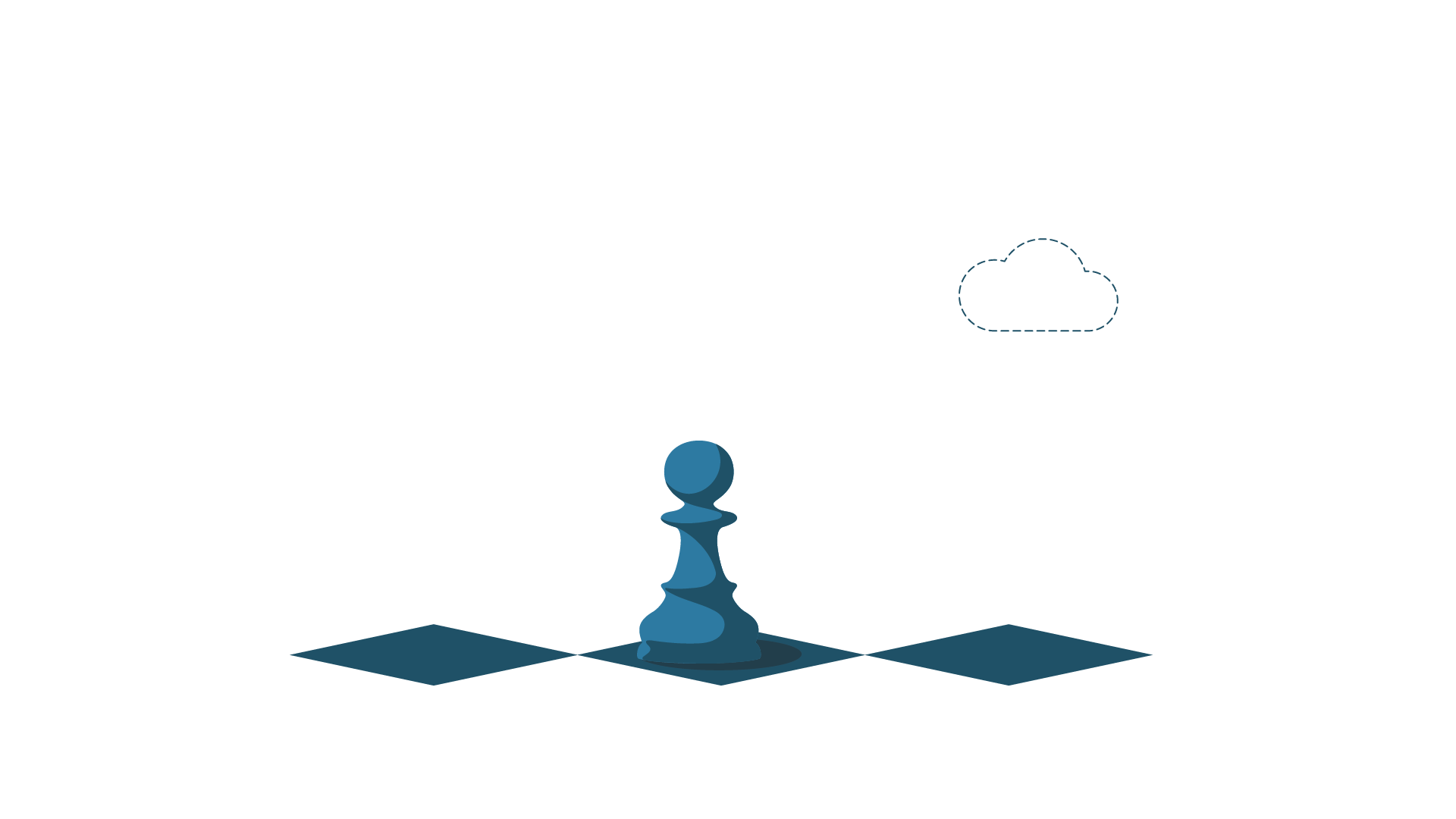
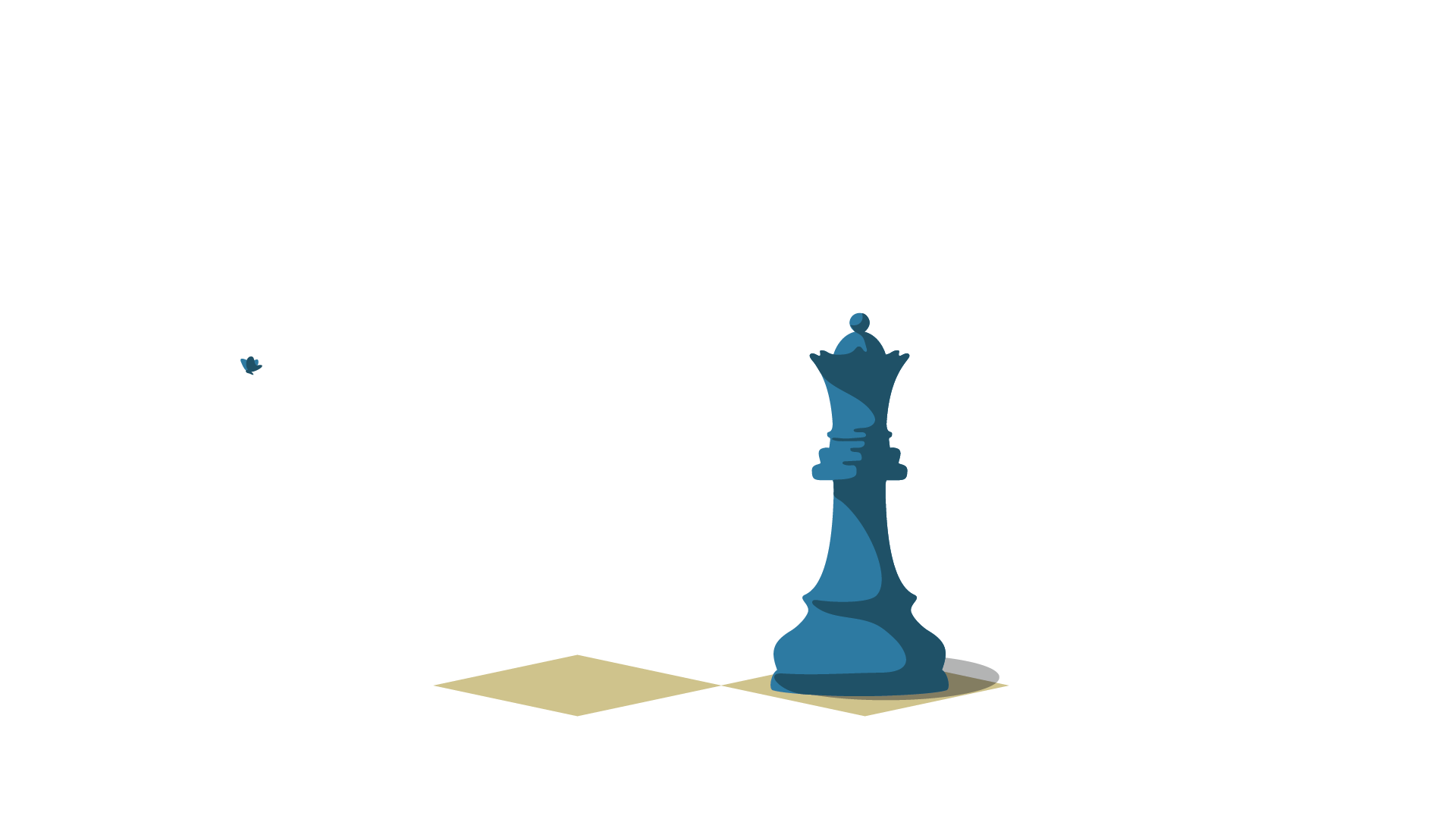


How to Sell your Own Patent
If you’re looking to sell a patent that is not being heavily infringed already, and you’re looking to find a company that’s going to build a new product out of the invention, you’ll likely find that patent broker isn’t in a good position to help you, as the broker likely doesn’t have contacts with the companies that would be building new products. You know your invention better than any broker, and you’re in a better position to identify potential buyers because you have insights into the invention, the product, the marketplace and what it will take to build and market a new product.
All patents, by their very nature, are unique, and there are patented inventions covering all types of products. Patent brokers like Tynax, generally operate only in fields where there are repeat buyers–companies repeatedly acquiring patents, usually for licensing or cross-licensing purposes. As a result, patent brokers are only in position to help a small percentage of patent sellers–usually infringed patent portfolios in telecommunications, consumer electronics and other large markets where products consist of thousands of patented inventions.
This article explains how you can go about selling your own patent when brokers aren’t in position to help you.
POST YOUR PATENT ON THE TYNAX EXCHANGE
If you’re looking to sell a patent that is not being heavily infringed already, and you’re looking to find a company that’s going to build a new product out of the invention, you’ll likely find that patent broker isn’t in a good position to help you, as the broker likely doesn’t have contacts with the companies that would be building new products.
When you post your patent on our online exchange, the patent number is not disclosed to the public. The listing describes your patent without actually disclosing the patent number or any other identifiable information, so that you can post the patent for sale and connect with potential buyers without letting the world know about it–this is because our clients usually want to keep their patent selling activities under wraps. If you’re looking to sell a patent that is not being heavily infringed already, and you’re looking to find a company that’s going to build a new product out of the invention, you’ll likely find that patent broker isn’t in a good position to help you, as the broker likely doesn’t have contacts with the companies that would be building new products.

When your listing is posted, it is reviewed by Tynax staff to make sure it’s looking good, then it’s matched with buyers who have indicated an interest in that particular technology field and is posted on the Tynax website, in the appropriate category. Beyond the Tynax listing, there are other things you can do to actively market your patent. If you sell your patent yourself, you don’t pay any brokering fees to Tynax or anyone else, so this can be a more profitable approach for you. It involves identifying buyers, approaching them, pitching them, negotiating a deal, finalizing the paperwork and closing the transaction. The various key steps are outlined below: If you’re looking to sell a patent that is not being heavily infringed already, and you’re looking to find a company that’s going to build a new product out of the invention, you’ll likely find that patent broker isn’t in a good position to help you, as the broker likely doesn’t have contacts with the companies that would be building new products.
FAMILIARIZE YOURSELF WITH THE PATENT MARKET
On this Tynax website, you will find free books and resources explaining how the patent market works, how patents are valued, patent purchase agreements are structured and a range of information that will be helpful to you as you start the process of selling your patent. Further information and educational resources are available from our sister company Silicon Valley Business School.

DRAW UP A LIST OF POTENTIAL BUYERS
Potential buyers could be companies making and selling similar products. Essentially, you’re looking for companies with product design, manufacturing and marketing capabilities, and with distribution channels to reach your target customer. You can research the market online, identifying potential buyers by looking at companies that are marketing and selling products to your target customers.
PREPARE YOUR PITCH
You’re going to need to compile all the information a potential buyer might like to see, and this includes a summary of the opportunity, market size, projected sales of the new patented invention. Essentially, you’re going to need all the elements of a business plan for commercializing your invention(s). A short video presenting the opportunity would be ideal. If you’re product needs to be manufactured, you’re going to need to know the associated design, tooling and production costs.
IDENTIFY DECISION-MAKERS
For each of the companies on your target list, you’re going to have to identify the decision makers and find their contact details. All patent matters are generally dealt with by the legal department, under the general counsel (top lawyer). This is unfortunate when you’re trying to develop a new product and the lawyers who are tasked with dealing with patents are generally looking at the risks of litigation. Don’t be surprised if the lawyers you deal with are focused on whether you plan to sue them for patent infringement. The view of lawyers is often restricted to minimizing the risks associated with legal threats, and they’re not always the best people to discuss new product development.
There are product development teams in large corporations and you might want to try talking to them. Be aware here though of a not-invented-here syndrome and find that product developers are not very open minded to new ideas coming from outside.
To find the contact names, email addresses, phone numbers of the decision makers, you might want to subscribe to a service like Lead411, which has contact details for individuals in most organizations in the US and in some other countries as well. Alternatively, you can usually get the general counsel’s name from the company’s SEC filings, and often you can get a phone number and email address from there as well.
APPROACH POTENTIAL BUYERS
When you reach out to the general counsel or the product development team, you’ll likely use a combination of email and phone call. You only get one chance to make a first impression, so make sure your pitch is concise and compelling. When you get someone on a call, respect their time and avoid telling them your life story. If you have a video, refer them to that and other information, and arrange a follow-up call.
PROTECTING YOUR INTELLECTUAL PROPERTY
Your patent is publicly disclosed, and provides you with the right to sue an infringer, so it’s already protected, but it’s likely that the buyer will want to enter into a non-disclosure agreement with you, and it’s likely that you might want to protect some trade secrets and other intellectual property that you disclose to the potential buyer. This is something of a legal minefield, and it’s highly recommended that you engage with an attorney, and as always, make sure you engage an attorney with lots of experience and expertise in the field–in this case you want someone with experience of patent sale and licensing transactions, and ideally someone with experience of patent litigation.

NEGOTIATE PRICE AND DEAL TERMS
When it comes to pricing, the spread between the price anticipated by the seller and the price offered by the buyer is often surprisingly large. This is usually because sellers are unfamiliar with the market, and they’ve been misled into thinking that patents are all worth millions of dollars. In reality, the vast majority of patents sell for 5-figures (less than $100,000 each), and only small percentage sell for 6-figures. It’s very rare, and becoming increasingly rare, for a patent to sell in the 7-figures. Review these resources very carefully before entering into price discussions:
- Tynax Guide: Why set an asking price.
- Tynax Guide: How to set an asking price.
- Patent Valuation Section in Dollar Value Book
- Dollar Value–Book on The Valuation of Patents, Startups, Software and Other Intellectual Property Assets
- Tynax Guide: Increasing the value in a patent sale transaction.
When you have a buyer seriously interested in buying your patent(s), we might be able to help you here at Tynax. We are familiar with the patent sale process, the market pricing rates, and we can usually help clients get the best terms possible.
NEGOTIATE A PATENT PURCHASE AGREEMENT & OTHER DOCUMENTS
CLOSE OUT THE TRANSACTION
The closing involves the seller providing the buyer with the executed assignment of title, and the buyer providing the seller with the purchase funds.
There are sometimes liens that need to be removed, and other complications that require an escrowed closing process to protect the interests of all the parties and overcome the catch-22 situation that the buyer won’t release the assignment until funds are received from the seller and the seller won’t release the purchase funds until the seller has received the assignment from the buyer. The process is laid out in the Patent’s Cloaks & Daggers book here:

Selling a patent can be a profitable experience, but buyers are increasingly picky and the truth is that many patents simply aren’t sellable at any price–however hard you work, there’s no guarantee that you will be successful in selling your patent. Sometimes it’s a matter of timing. An invention that isn’t yet infringed might be impossible to sell today, but when the invention is adopted by the market, and starts to be infringed, the patent could suddenly become sellable and valuable. For many patent holders it’s a waiting game–waiting for your invention to get built into large numbers of products and become heavily infringed. With infringement, and strong evidence of infringement, you have a much better chance of selling your patent, but if you can find a company wanting to buy the patent to practice the invention, building and commercializing products, then with luck you might be able to sell your patent based on it’s potential for future commercialization.